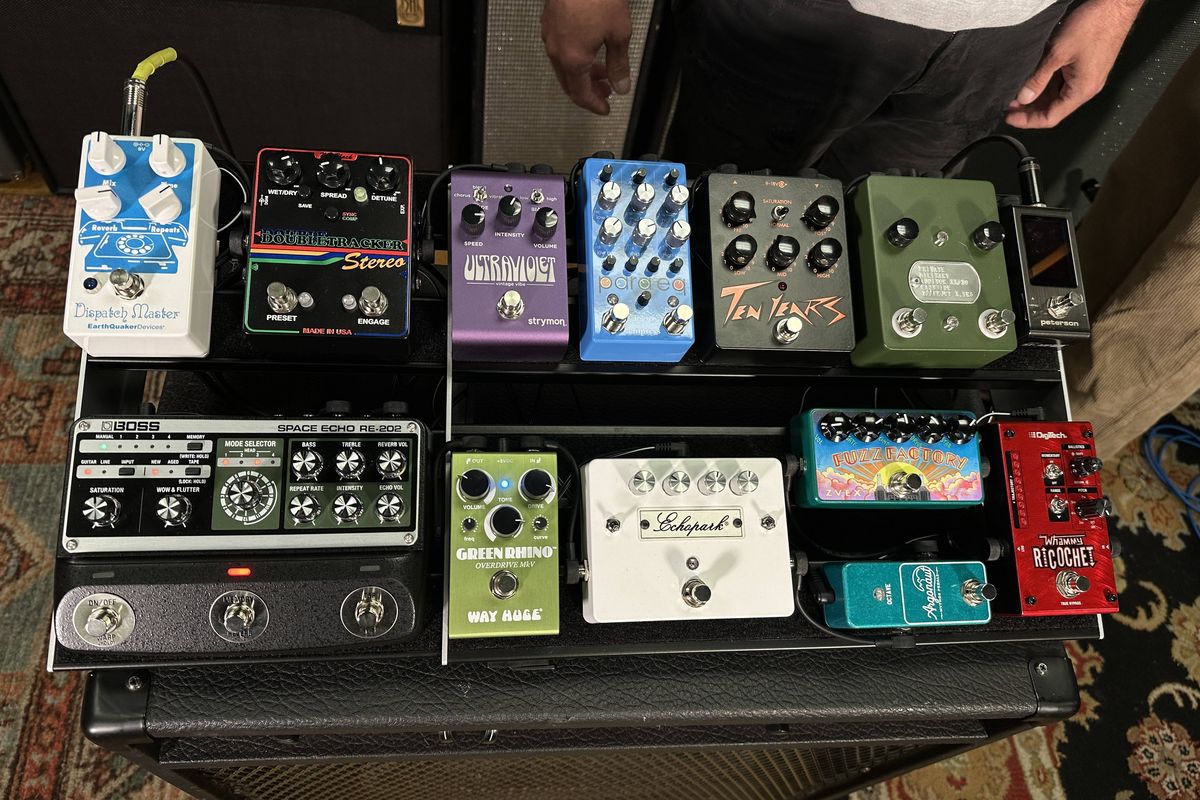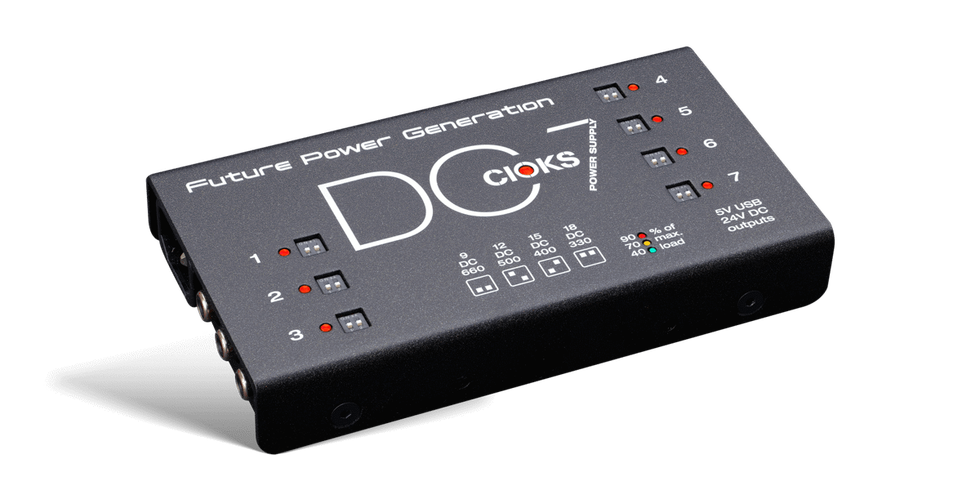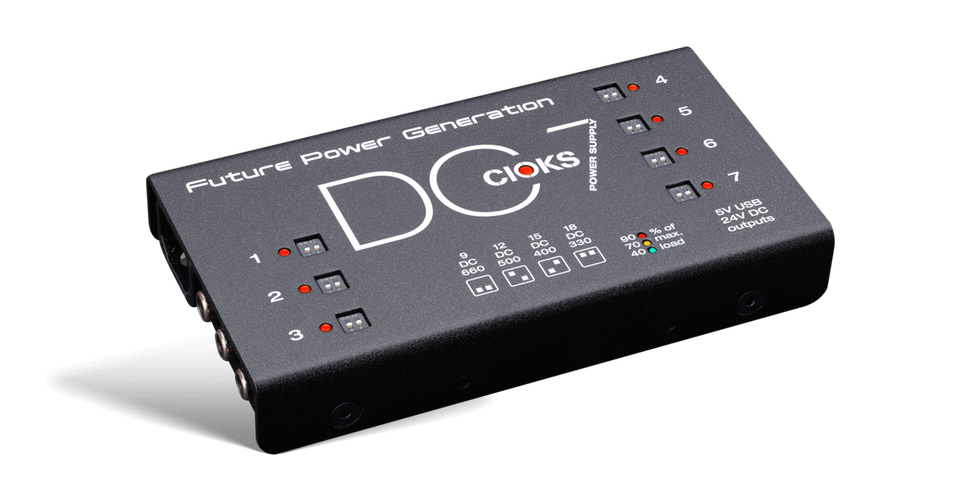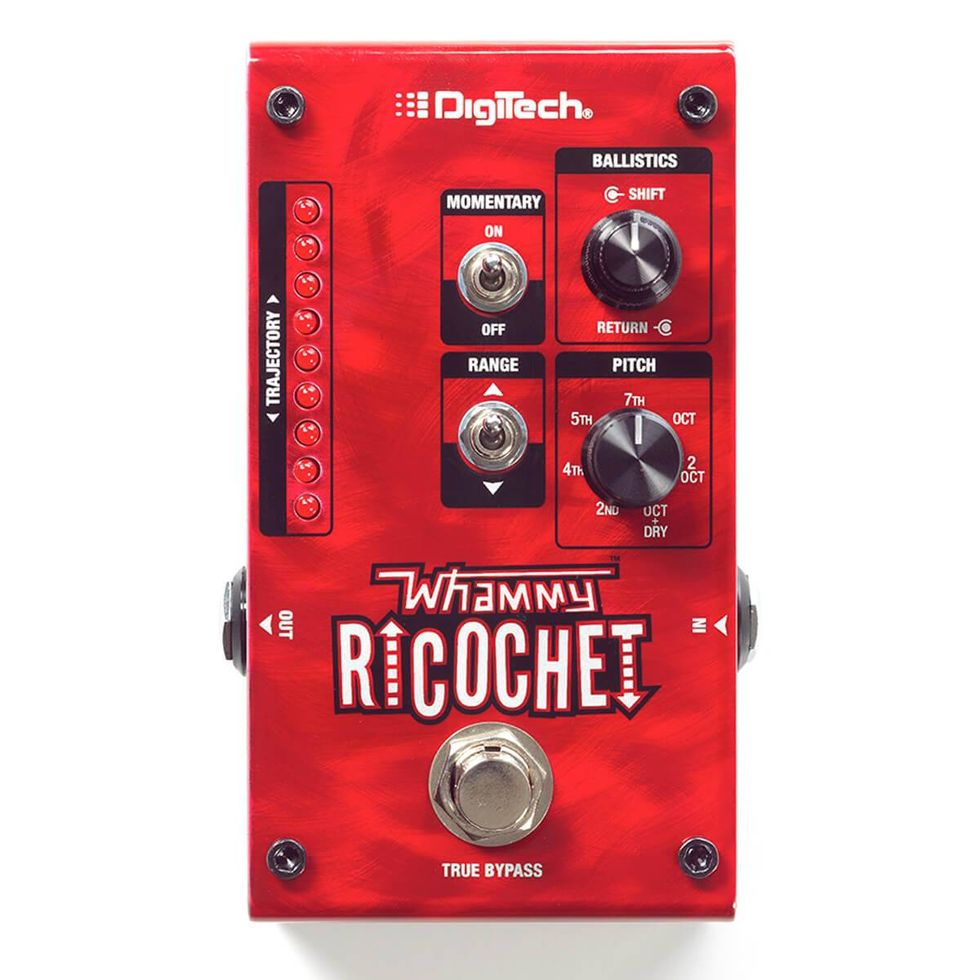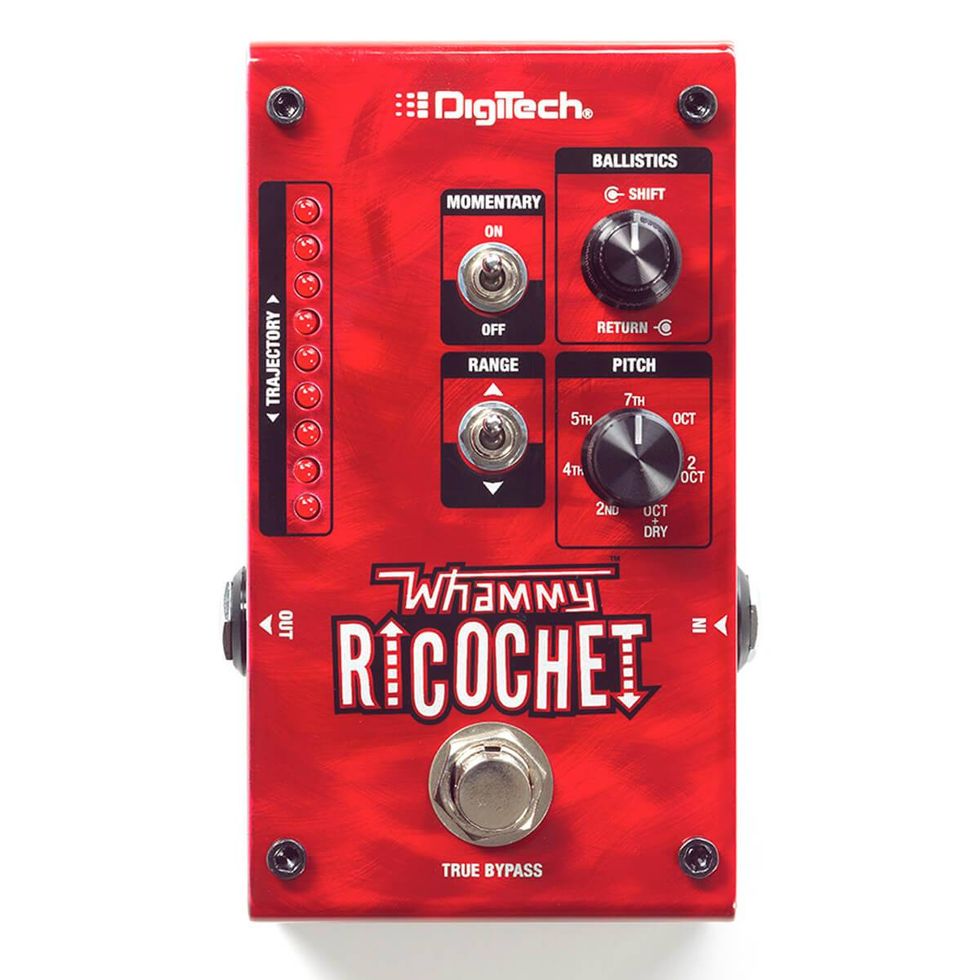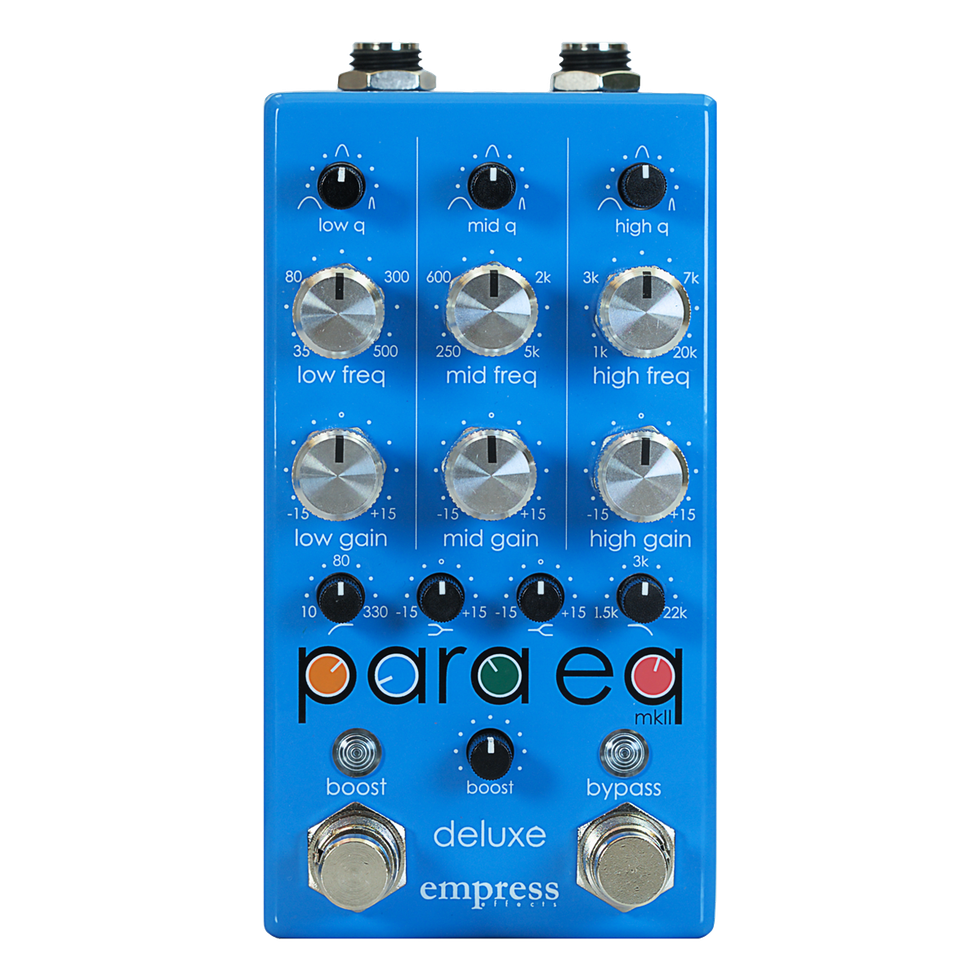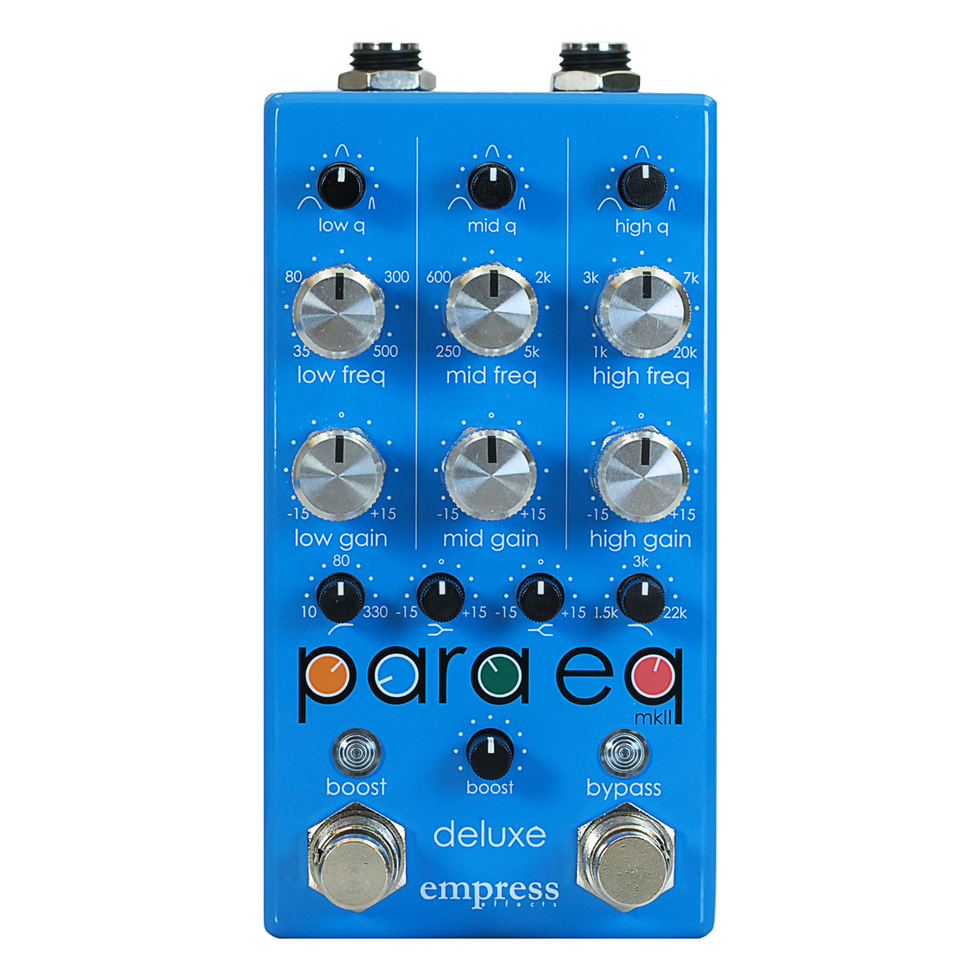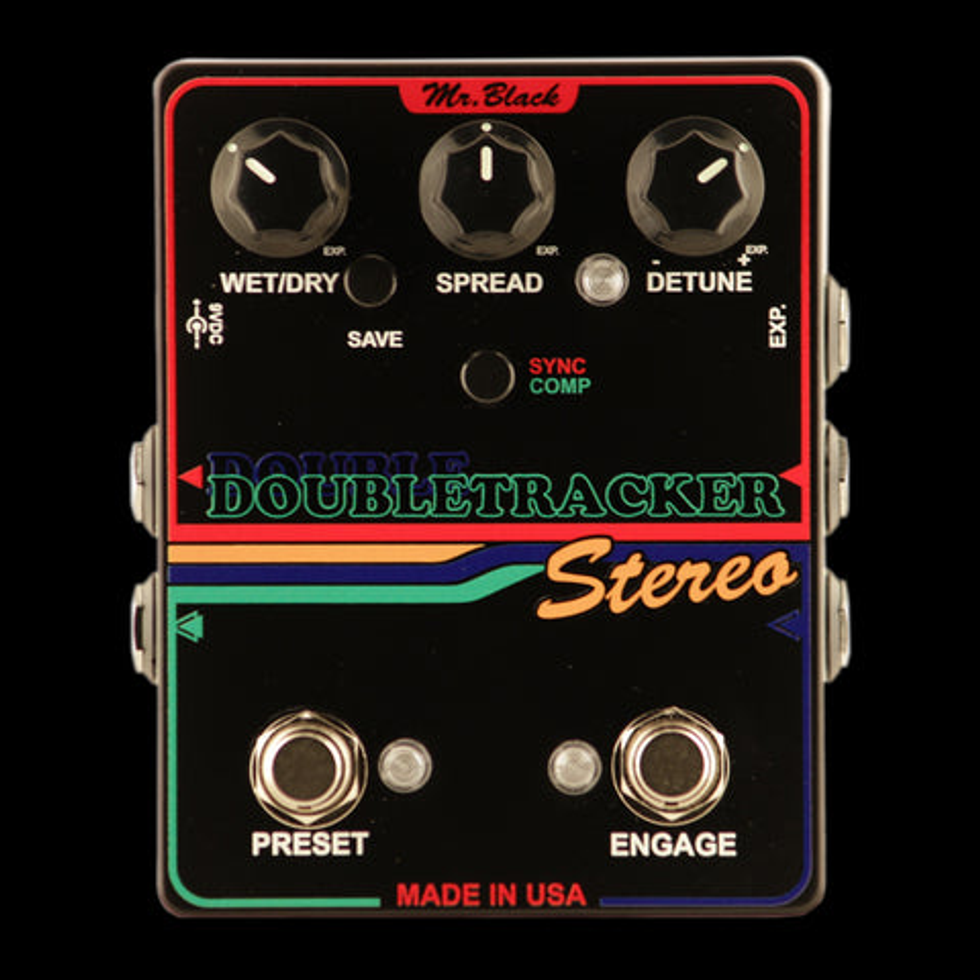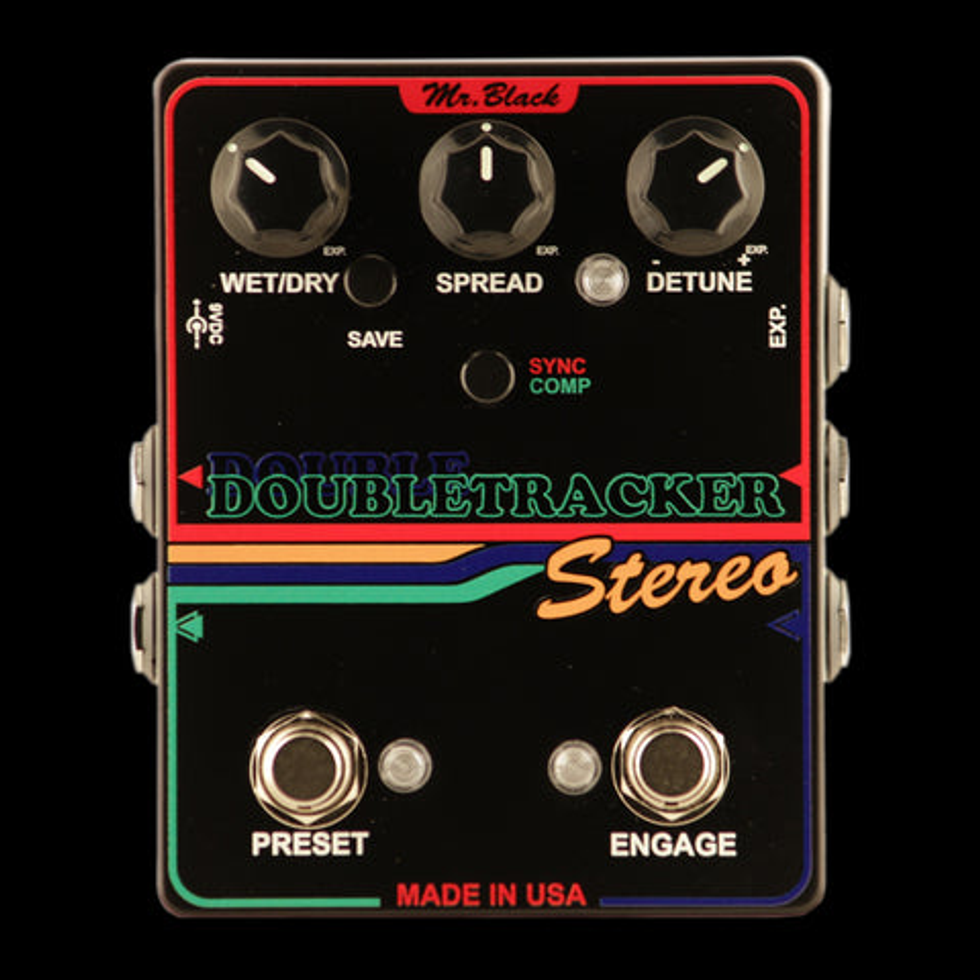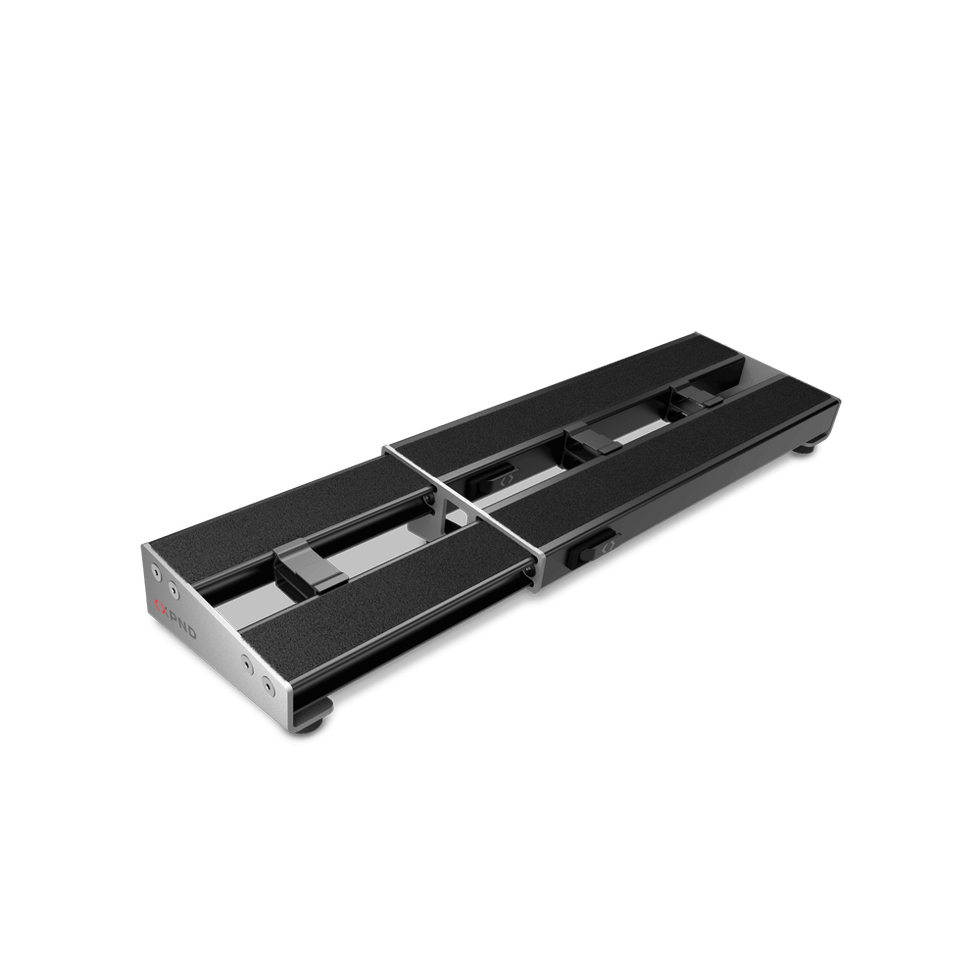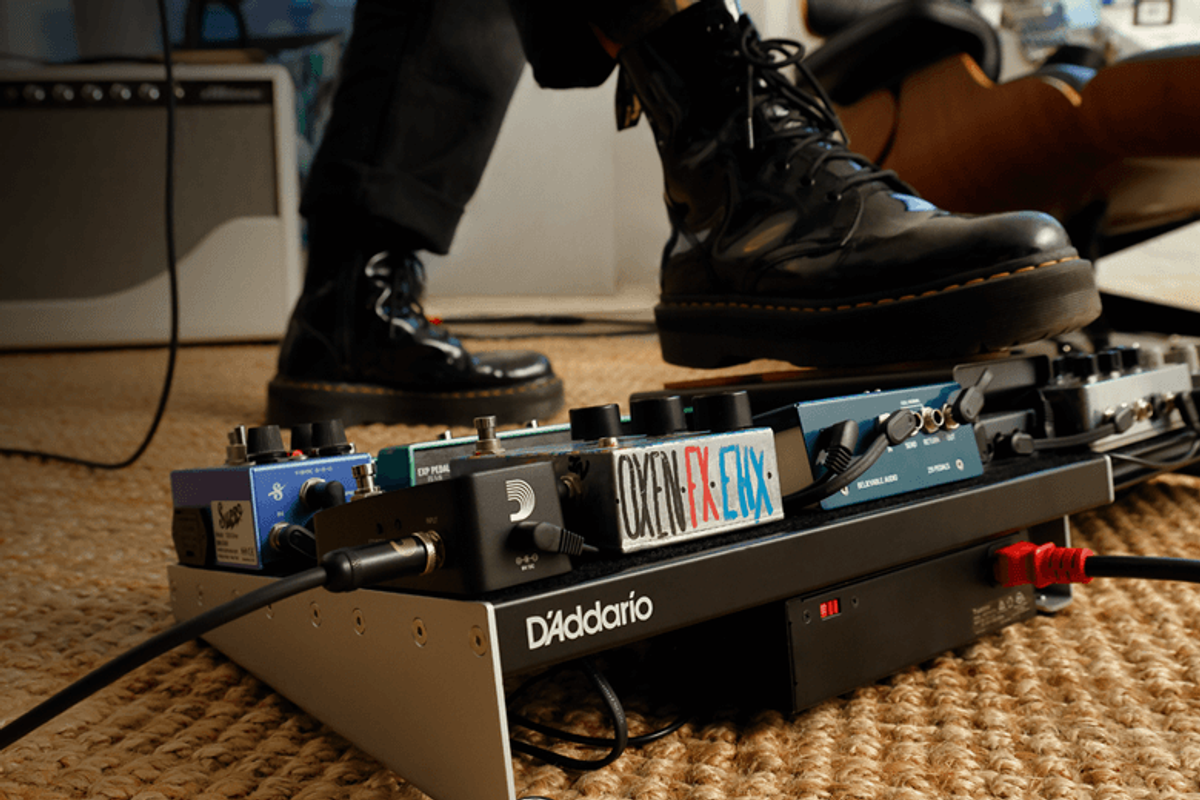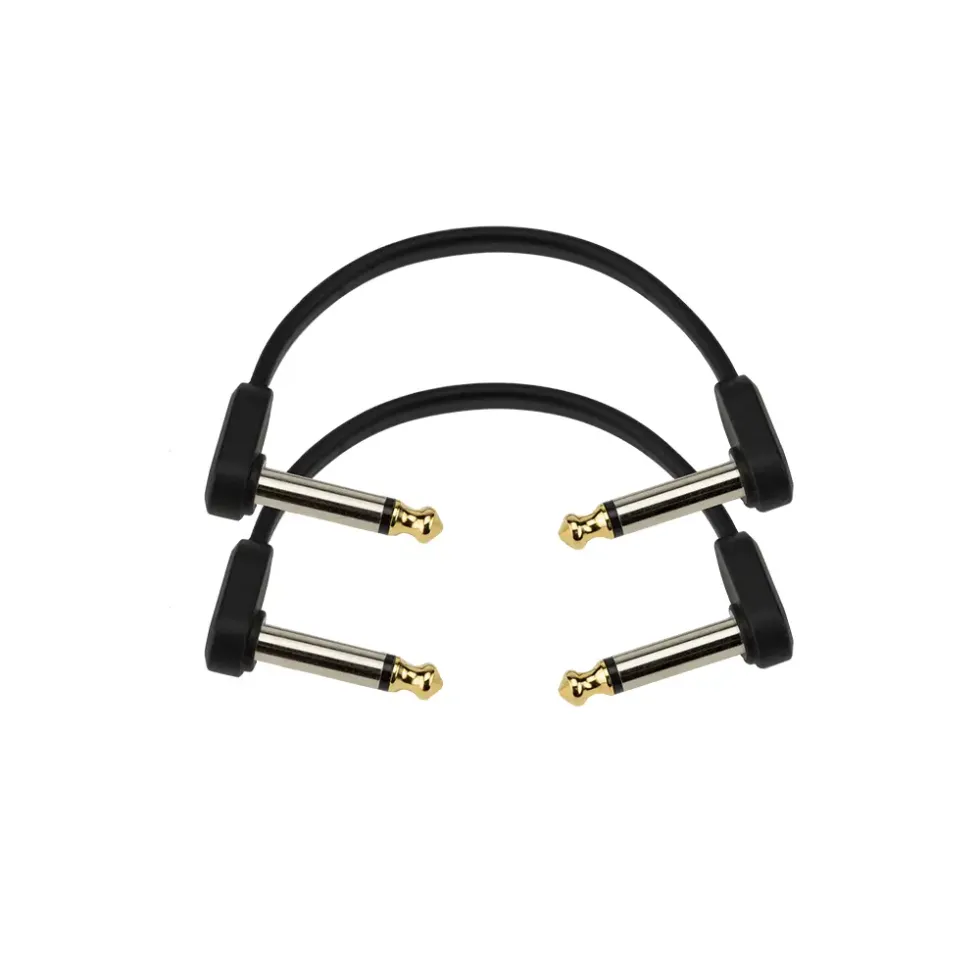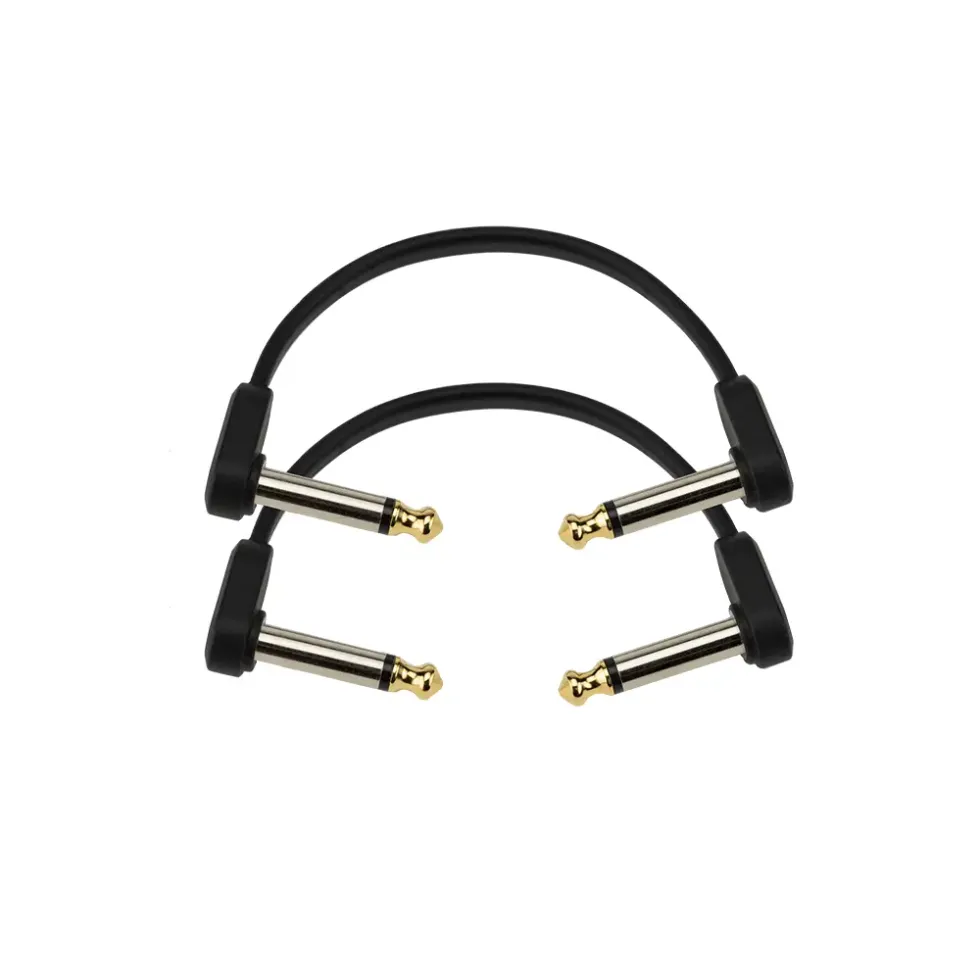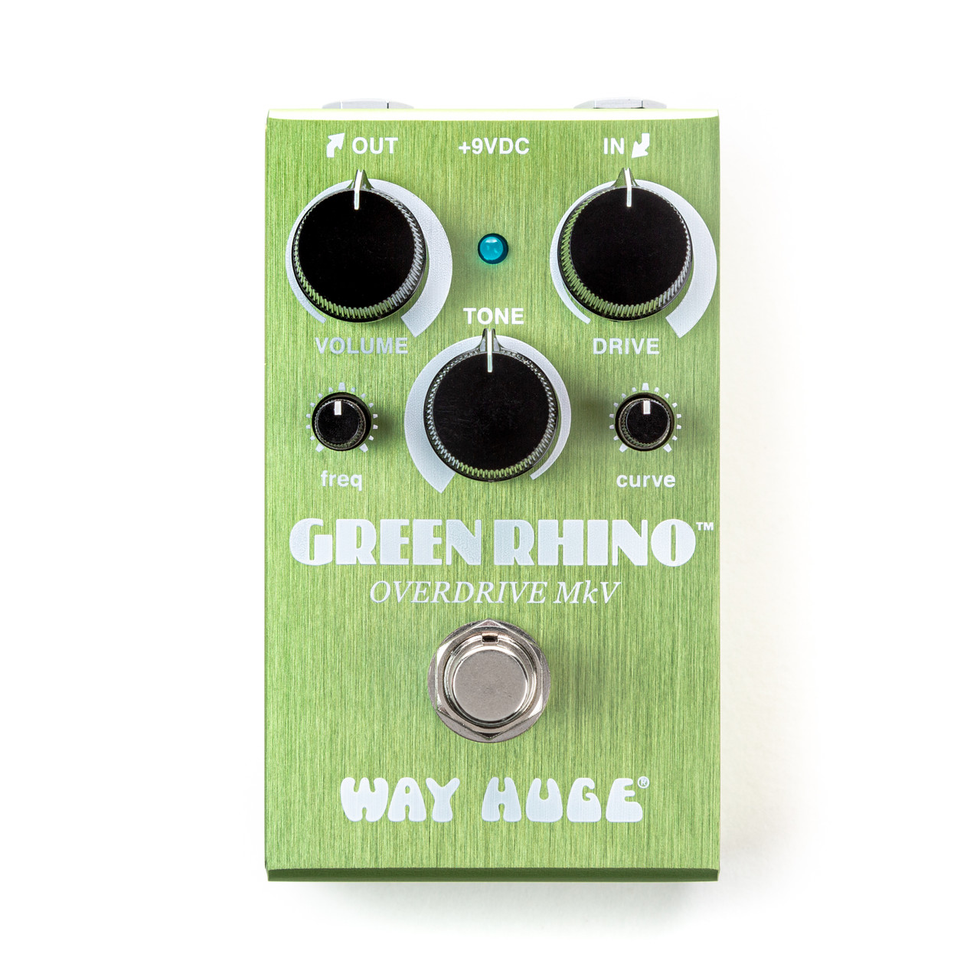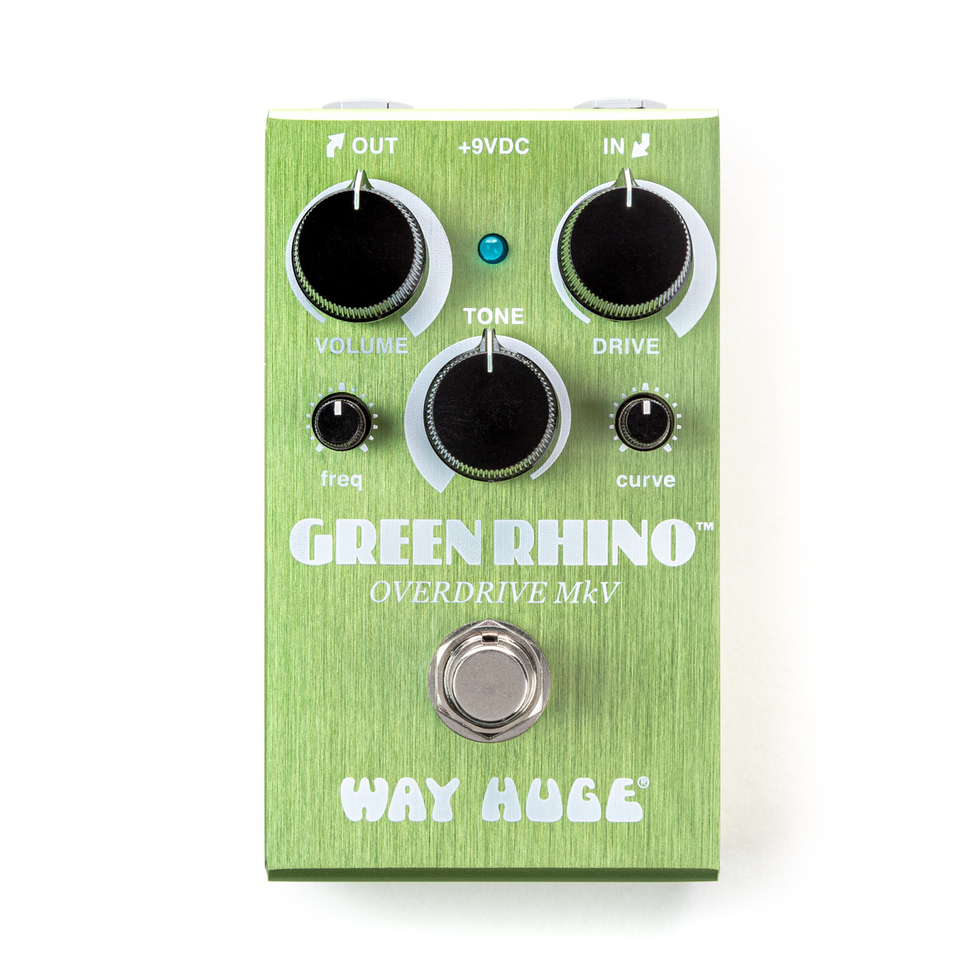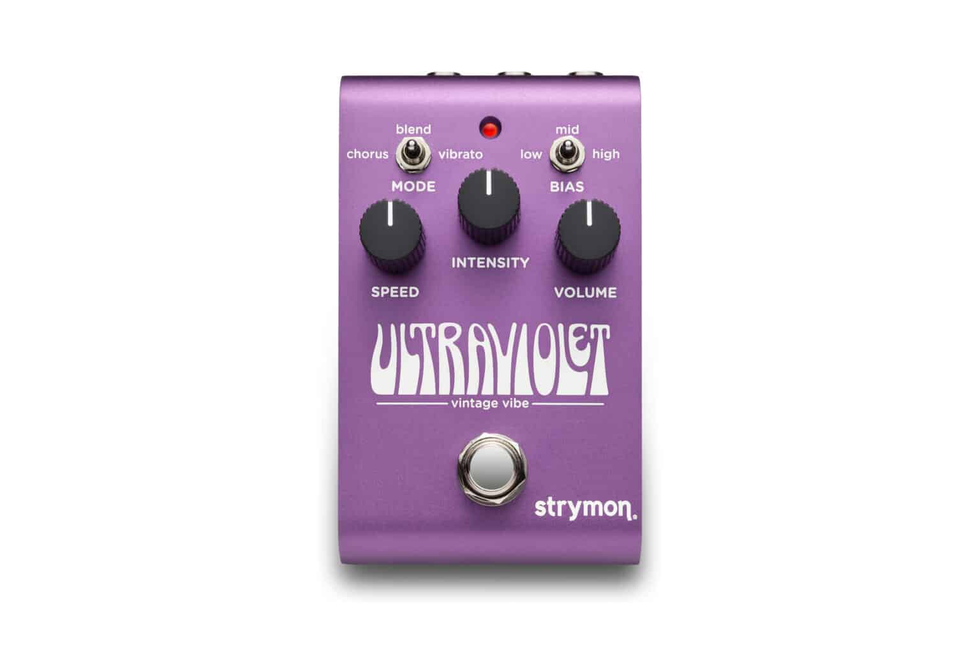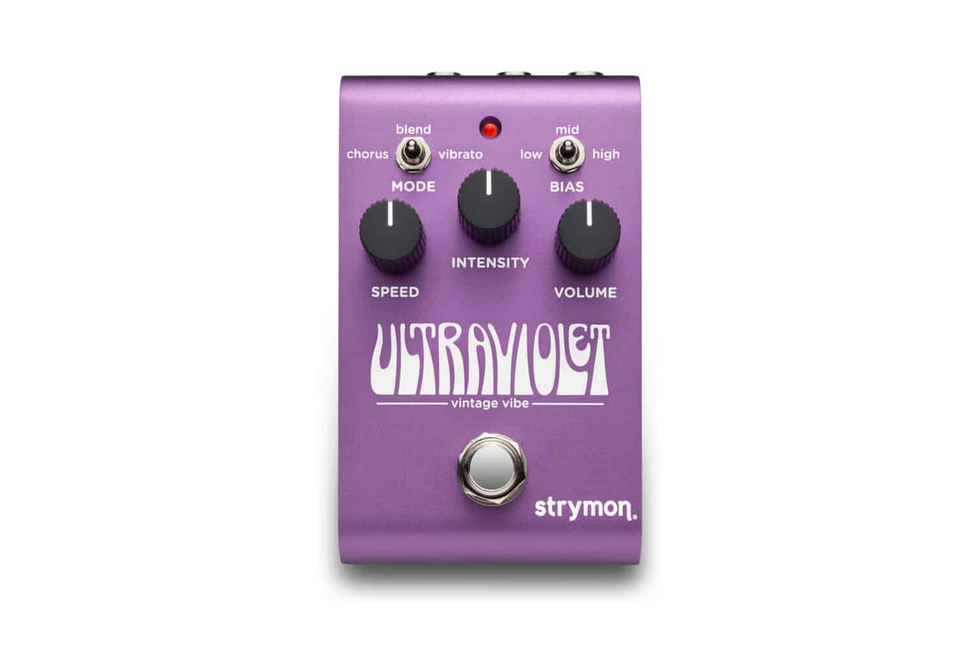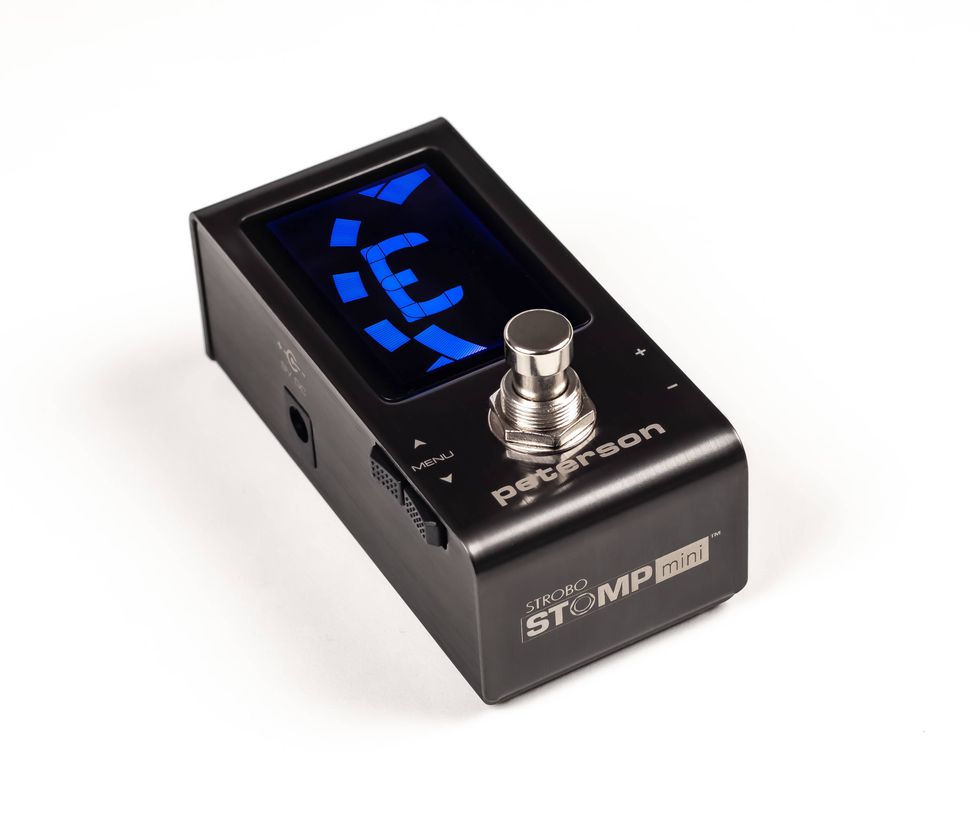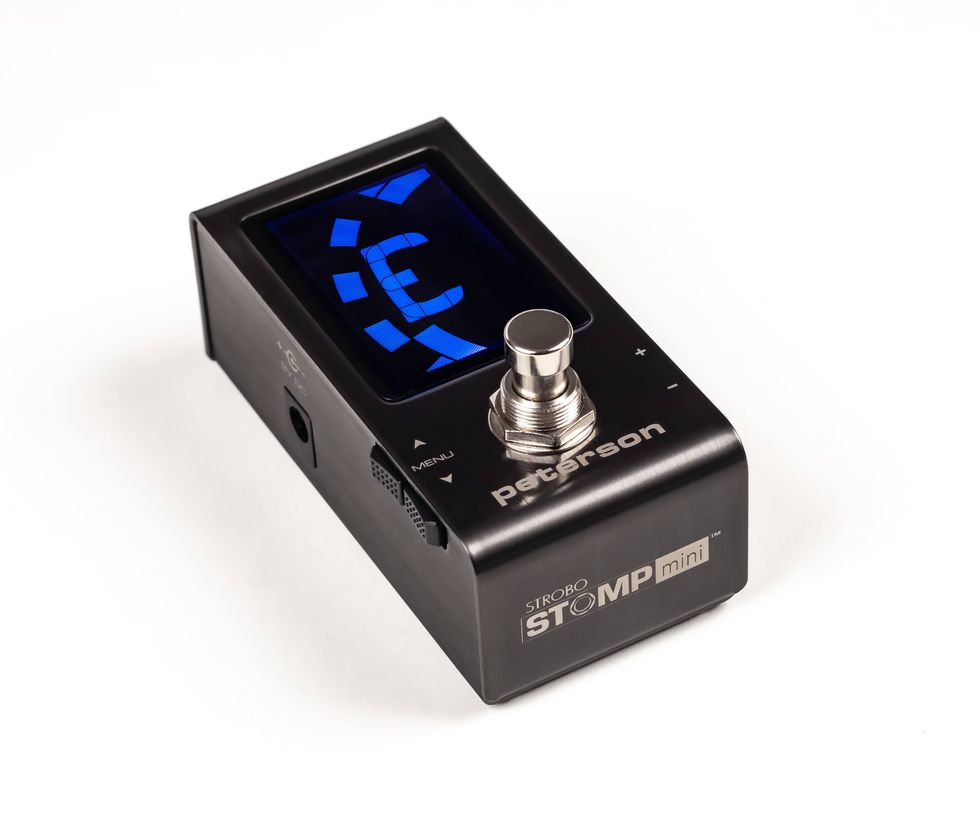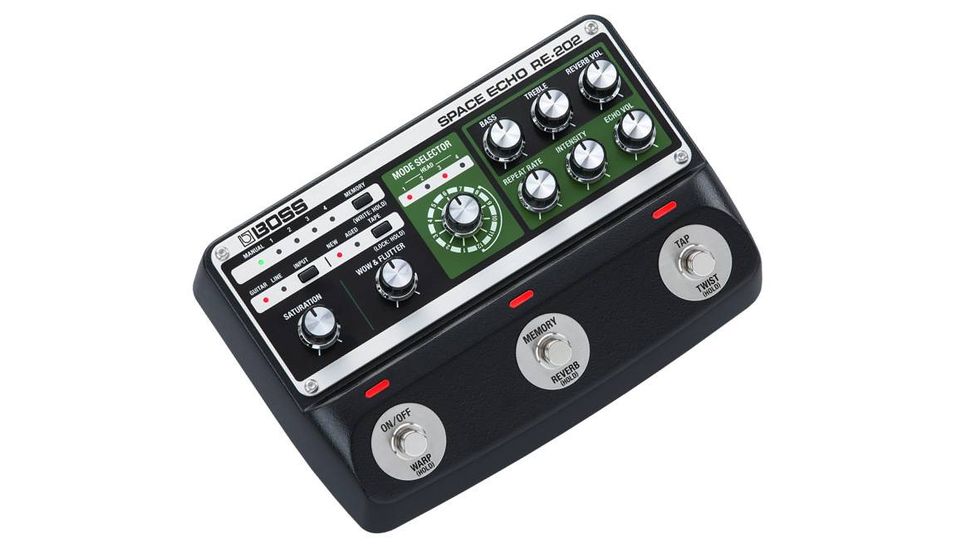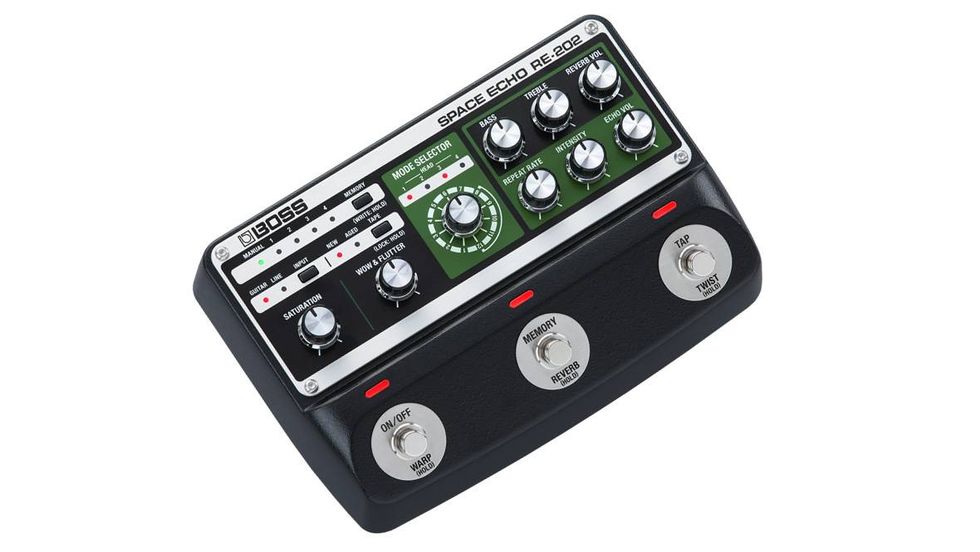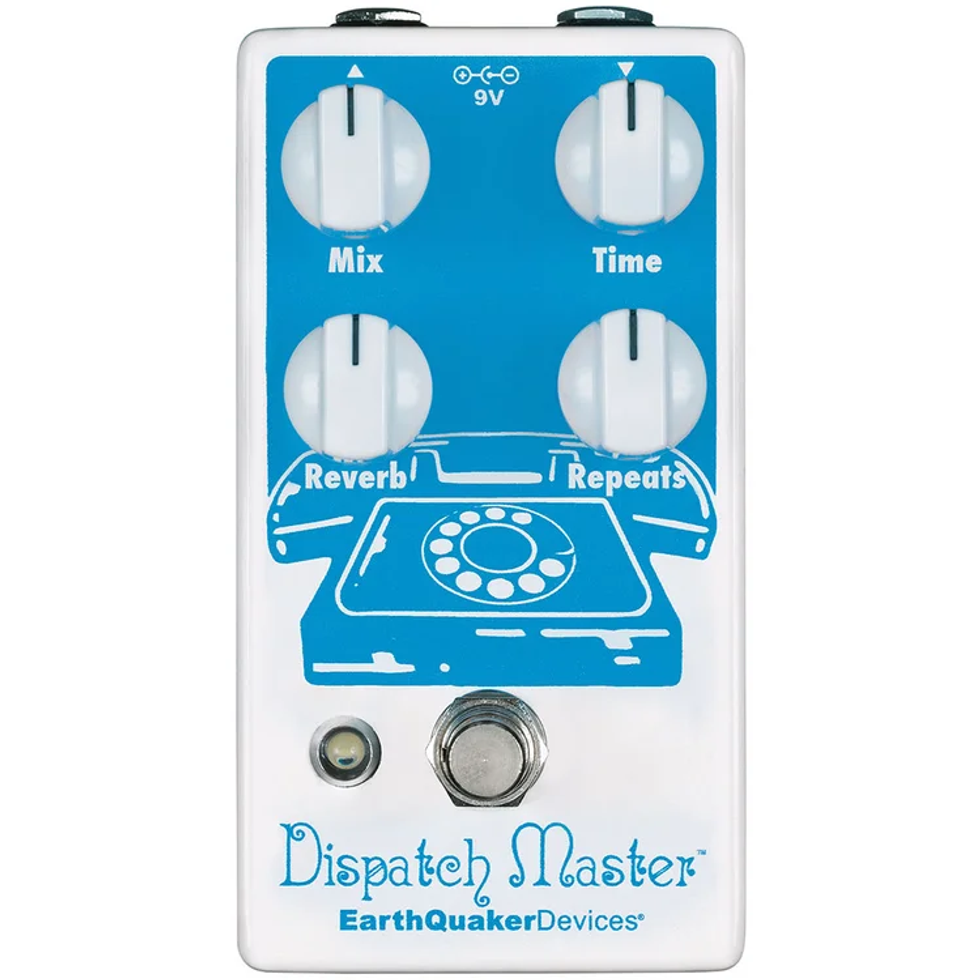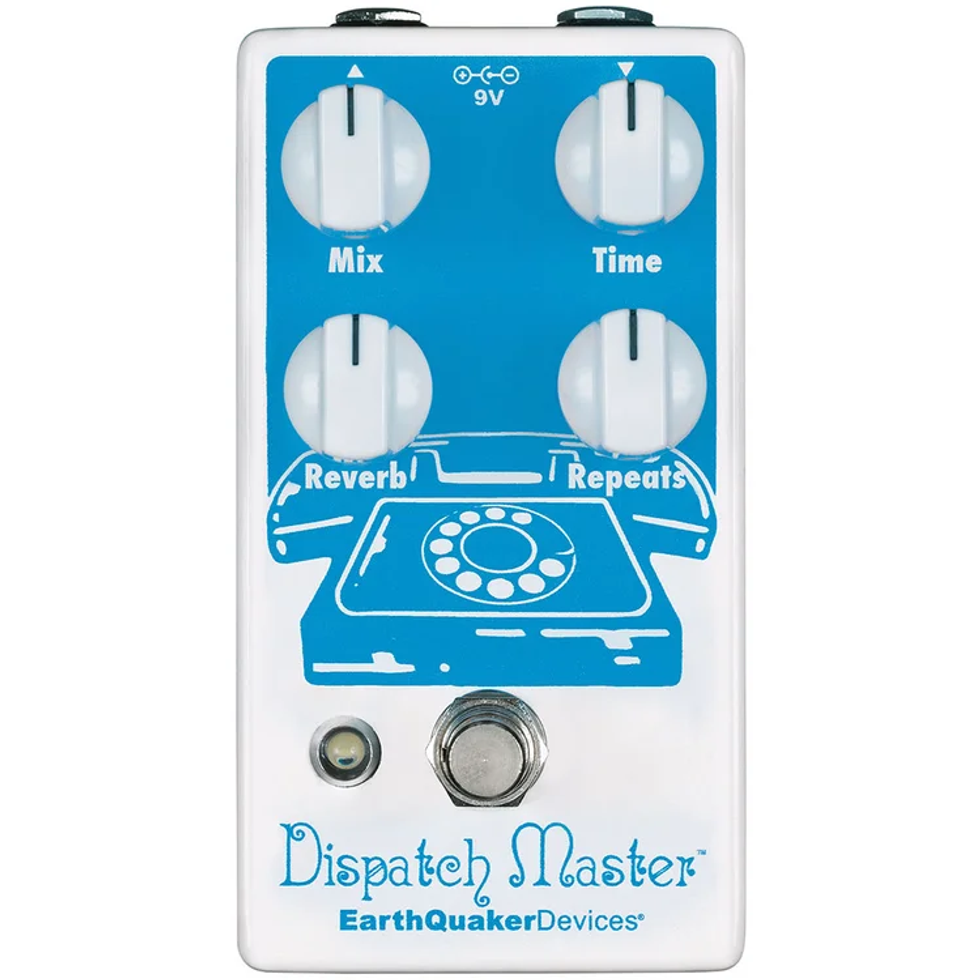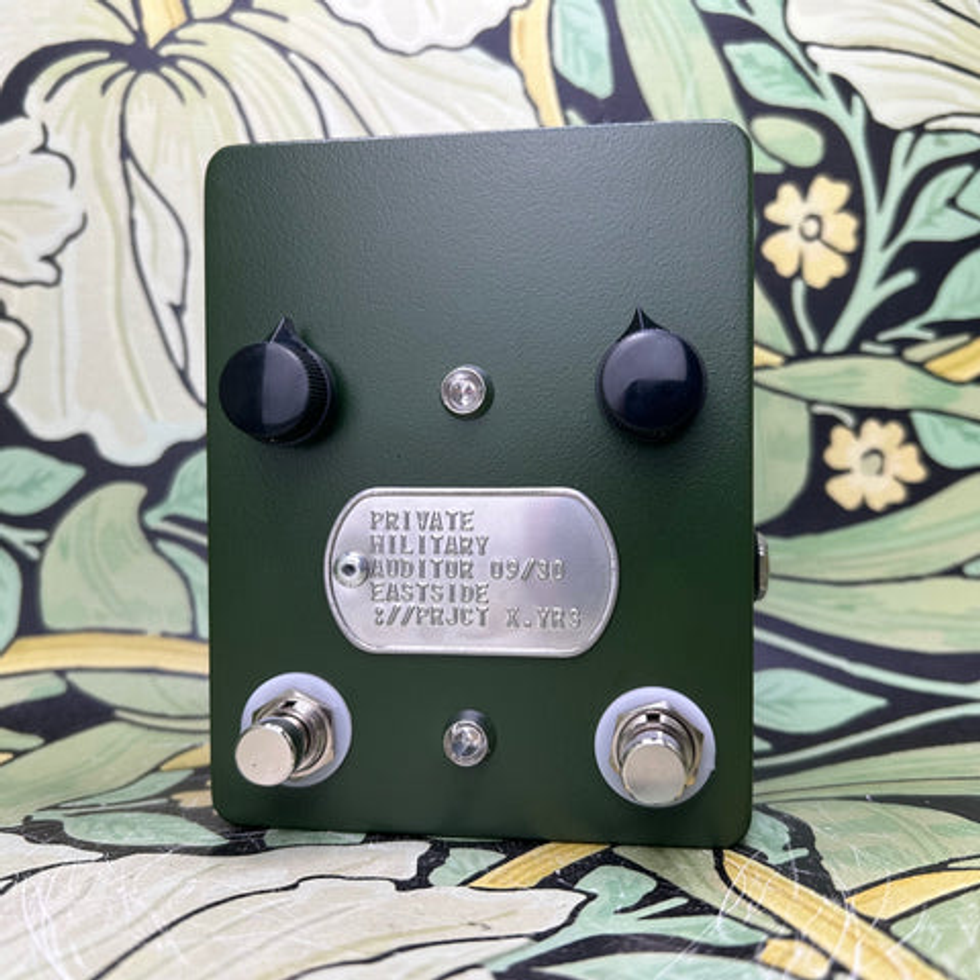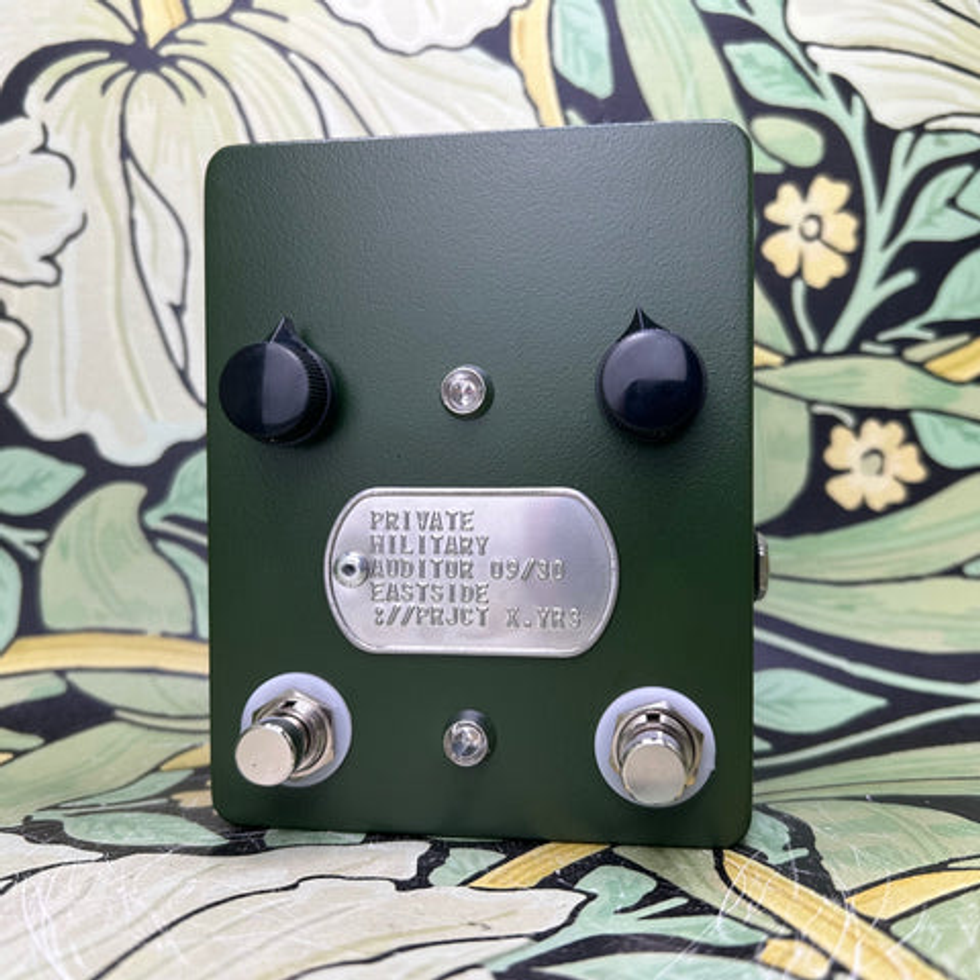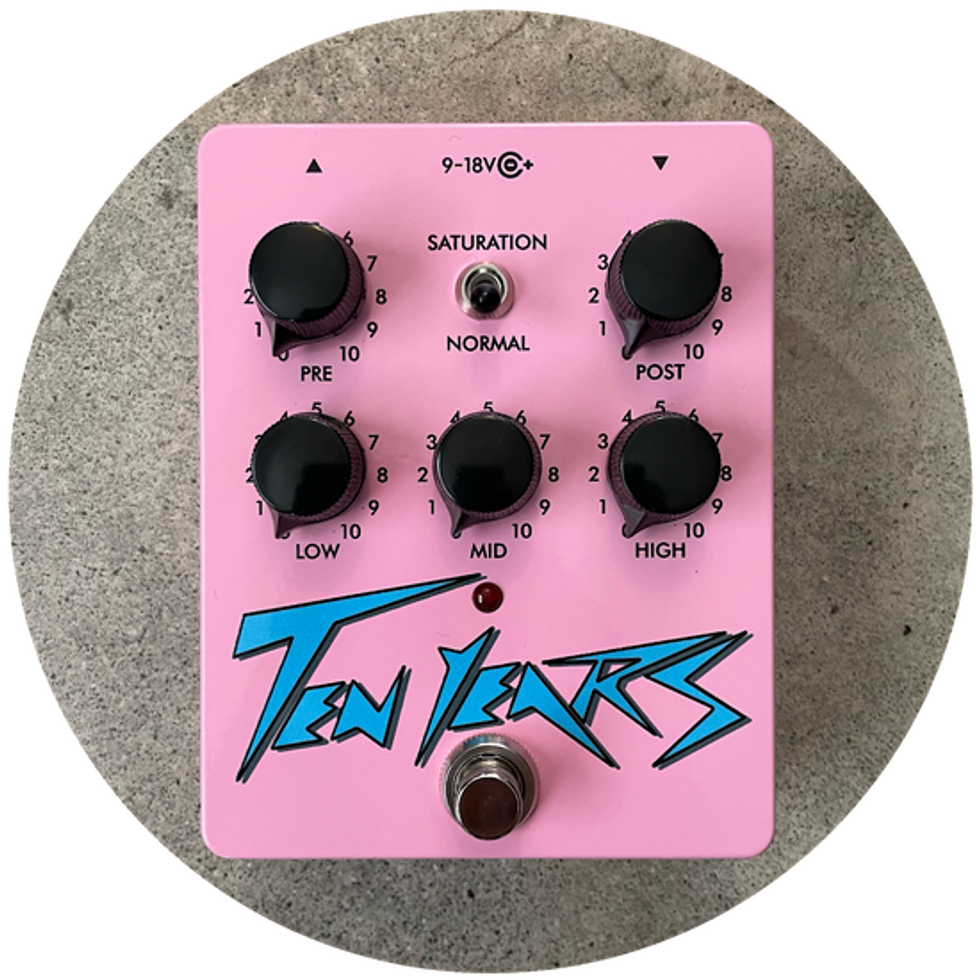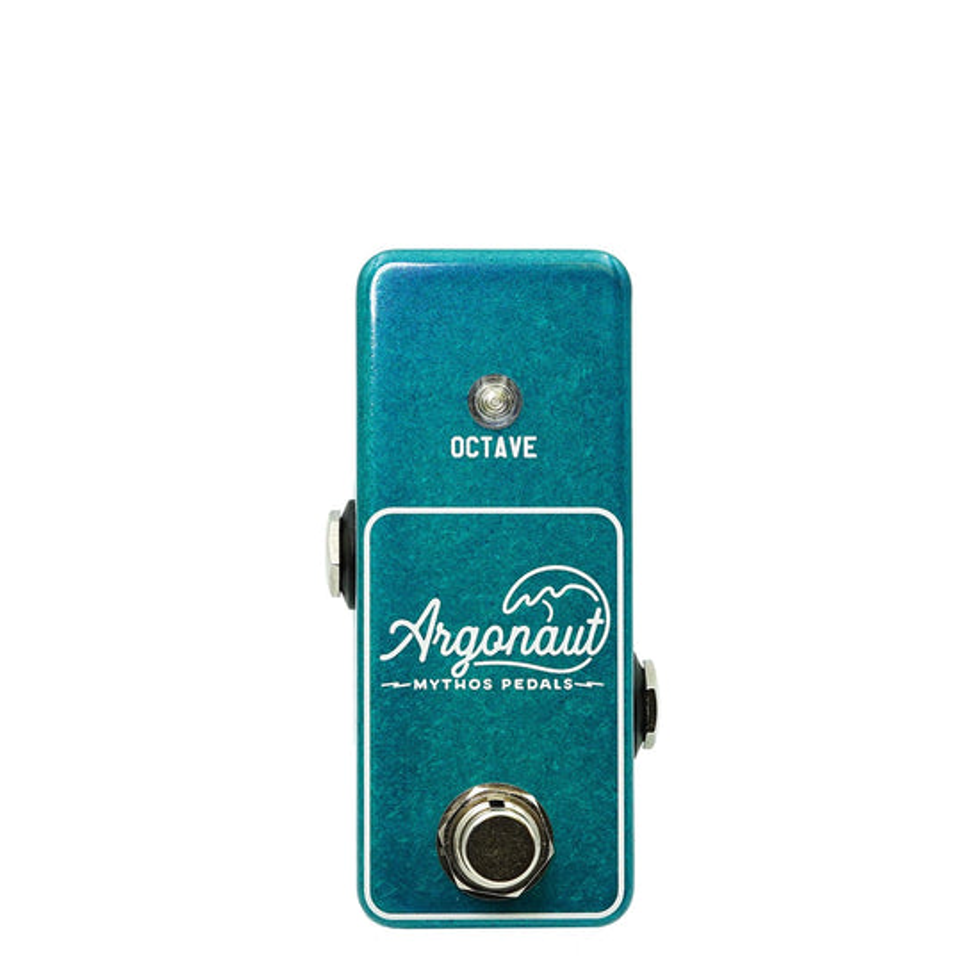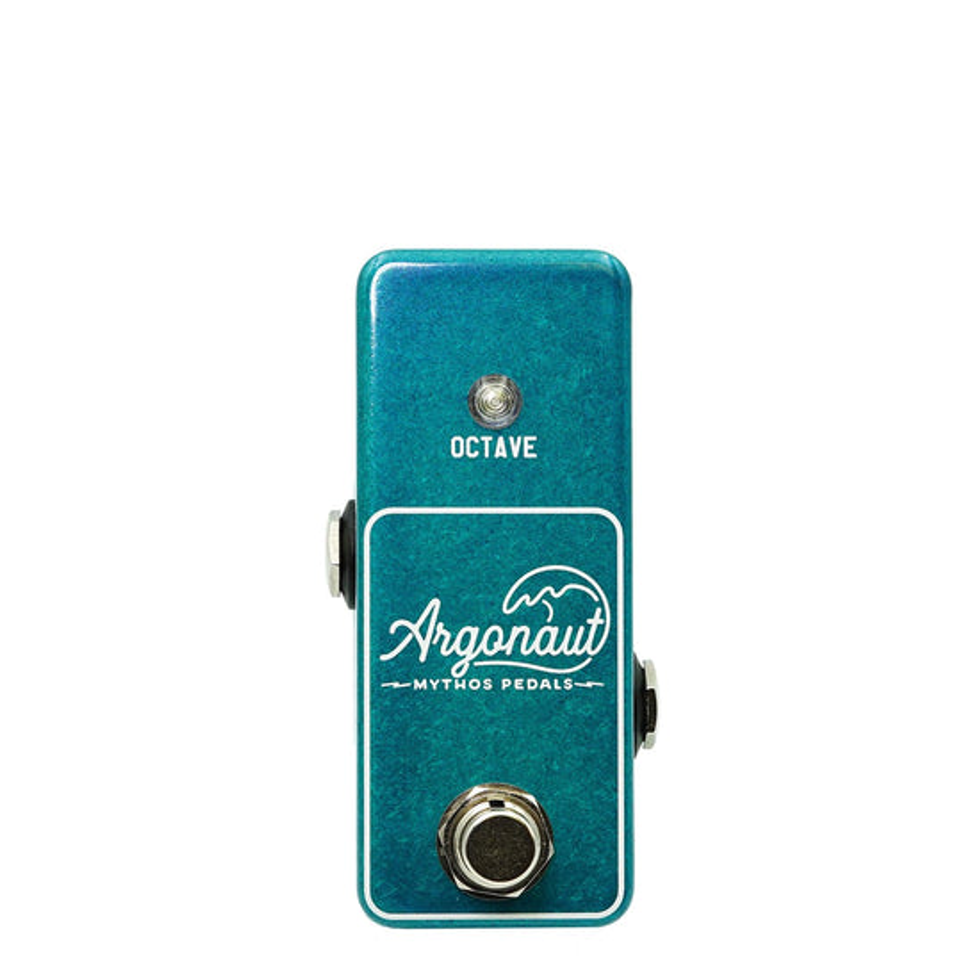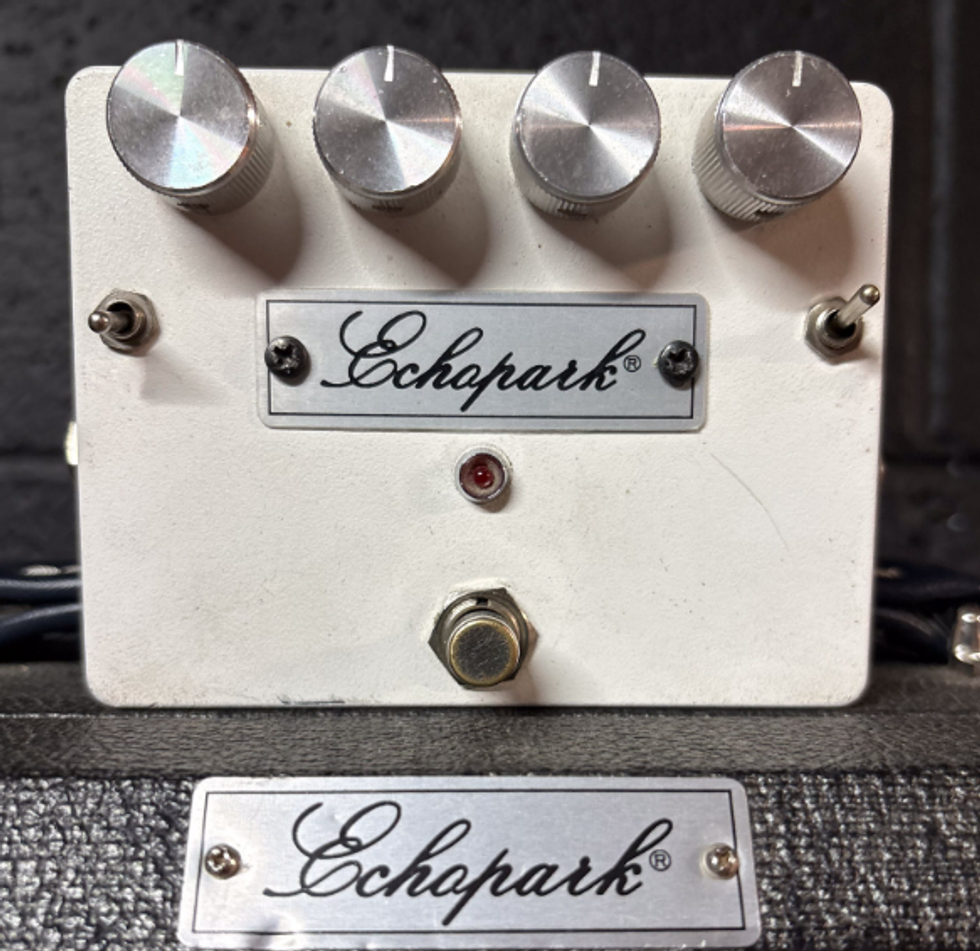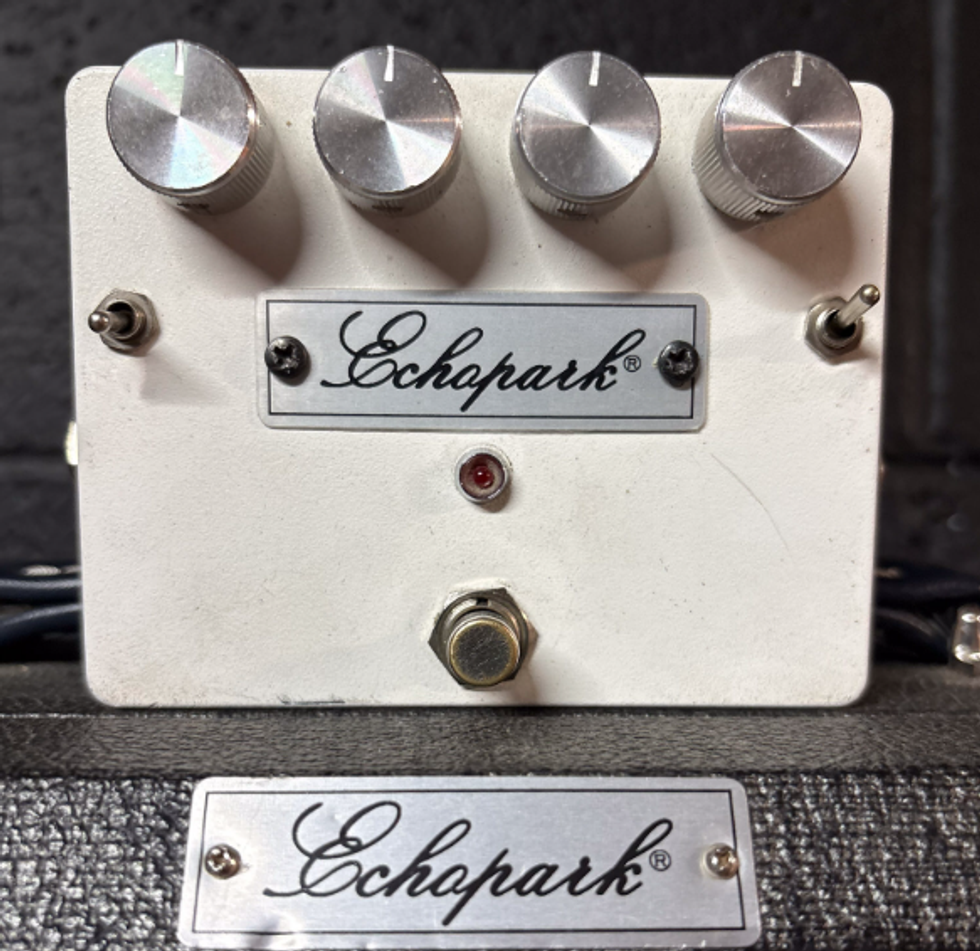| Click here to read part I: The 1920s |
Unfortunately, not a lot has been written about De Armond. I called around to a number of experts and I got very little back. As the legend goes, John Henry De Armond was a budding guitar player who in 1935, at the tender age of 10, fashioned a guitar pickup from the coil off of an old Ford Model A. John’s older brother Harold, born in 1906, seized upon the design and looked for ways to profit from it. De Armond believed that offering an add-on pickup that would avoid cutting a hole in the top of a guitar, and also give depression-era players a way to go electric without buying a whole new instrument, was the way to go. Harry De Armond teamed with a Toledo, Ohio, company named Rowe Industries and the first De Armond pickups were introduced in 1939. That same year, 14-year-old John hopped a train for California where he would make his living as a musician until joining the Navy.
Initially, two models were offered: the RH for “Round-Hole” guitars, and the FH for “F-Hole” guitars. Mounted within a metal casing, the pickups consisted of six Alnico II pole pieces on a bakelite spool, scatterwound with 42-gauge copper. For round-hole guitars, the pickup would fit within the sound hole of the guitar, with a volume control flywheel sitting at one end. The F-hole units offered two mounting options. On a stringclamp unit, the pickup would be attached to a rod which would then mount to the strings between the bridge and tailpiece. The pressure rod was as long as the distance from the end of the fingerboard all the way to the bridge, meaning the pickup could be widely positioned. This setup became known as the “Monkey on a Stick.” For a neck-mounted unit, the pickup would attach to the side of the fingerboard on the bass side. All FH units had volume and tone controls housed in a separate box that attached to the strings between the bridge and the tailpiece.
 De Armond pickups enjoyed widespread popularity. World War II disrupted business, but a full-page ad in the April 6, 1946, issue of Billboard magazine announced the company was back to production on Monroe Street in Toledo, Ohio. On Nov. 18 of the same year, De Armond filed a patent for the RHC. The patent drawings show a slender pickup bearing a striking resemblance to the Fender units that would appear in the years to follow. De Armond was granted his patent for the RFC in 1948. (Also in 1948, Rowe Industries released the Trem-Trol—the first widely available external effects unit.)
De Armond pickups enjoyed widespread popularity. World War II disrupted business, but a full-page ad in the April 6, 1946, issue of Billboard magazine announced the company was back to production on Monroe Street in Toledo, Ohio. On Nov. 18 of the same year, De Armond filed a patent for the RHC. The patent drawings show a slender pickup bearing a striking resemblance to the Fender units that would appear in the years to follow. De Armond was granted his patent for the RFC in 1948. (Also in 1948, Rowe Industries released the Trem-Trol—the first widely available external effects unit.)In 1954, the company released an improved archtop model called the Rhythm Chief 1000. The design of the 1000 had some serious backspin on it: six Alnico V pole pieces, two larger in diameter than the other four. The four pole pieces for the lowest strings were wound together first, then the other two magnets would be inserted and the whole coil would be wound. This resulted in much fewer windings around the B and E strings. De Armond is known for using very thin wire, ranging in sizes from .38 to .44 gauge. The 1000 was followed soon after by the Super Chief 1100, an elegant chrome unit with six adjustable poles and a remote volume and tone control that also included a push-button rhythm switch.
De Armond branched out into designing and producing on-board units for literally dozens of guitar manufacturers. De Armonds were found on some of the highest-quality guitars of the time such as Guild, D’Angelico, Epiphone and Martin. De Armonds were also available on some of the cheapest guitars available, Airline and Silvertone.
Beginning in 1949, De Armond began supplying Gretsch with a single-coil pickup called the 200. Later renamed the Dynasonic, the 200 was a complex unit. Large Alnico V pole pieces were spring-loaded to facilitate height adjustment. The magnets were powerful enough that if mounted too high they could actually cancel the vibrations of the string. The bobbin was made of bakelite and the unit was wound with .43 gauge wire. Over the years, the Dynasonic has been loved by some (Cliff Gallup, Billy Zoom) and hated by others (Chet Atkins pulled his off and Eddie Cochran replaced his neck-position Dynasonic with a P-90). Gibson’s Seth Lover found the pickup good enough that he felt compelled to respond with the square-magnet P-90 found in early Les Paul Custom models. From humble beginnings, De Armond cast an influence across the industry that still resonates today.
Wallace Marx Jr.
Wallace Marx Jr. is the author of Gibson Amplifiers, 1933-2008: 75 Years of the Gold Tone.











![Rig Rundown: AFI [2025]](https://www.premierguitar.com/media-library/youtube.jpg?id=62064741&width=1245&height=700&quality=70&coordinates=0%2C0%2C0%2C0)












 Shop Scott's Rig
Shop Scott's Rig

